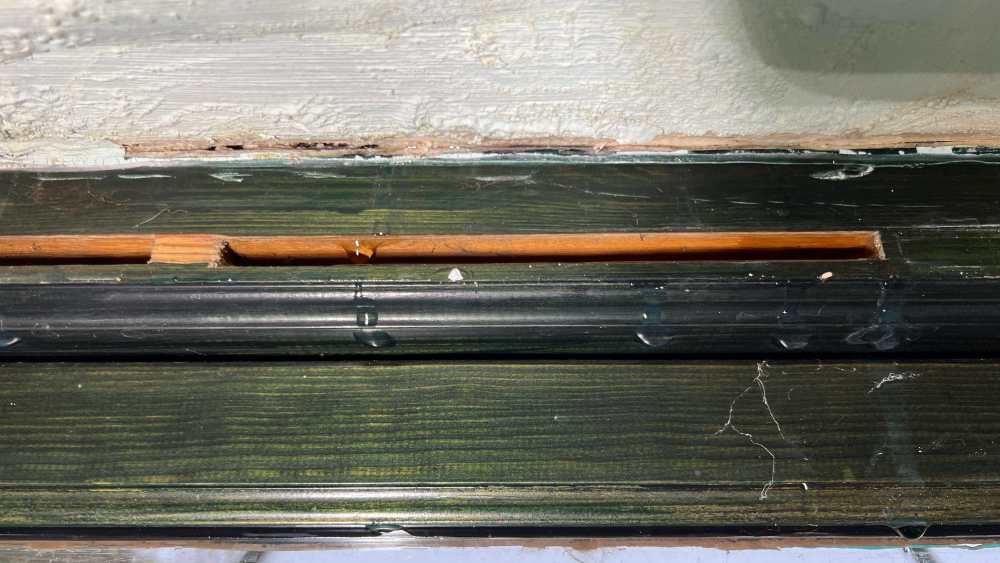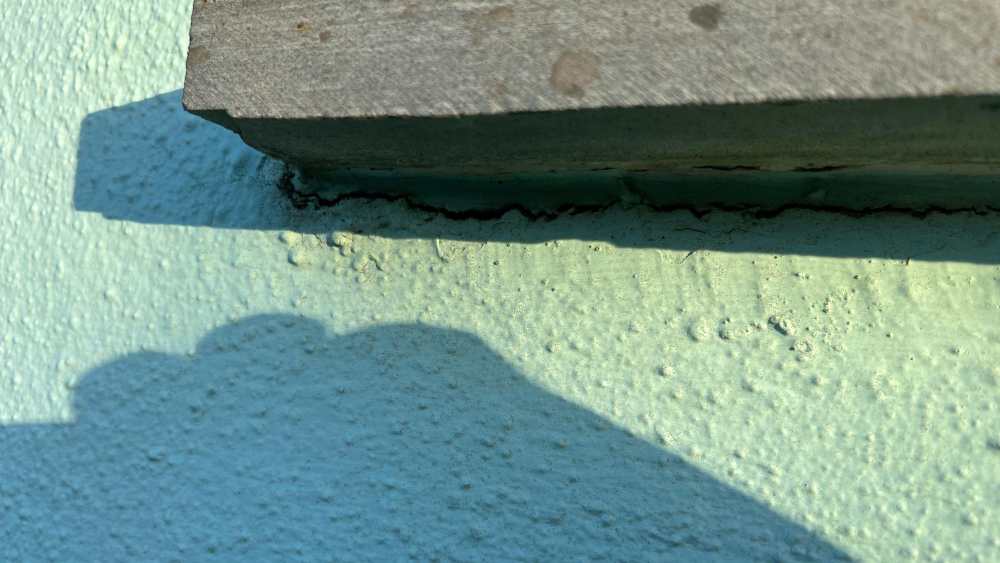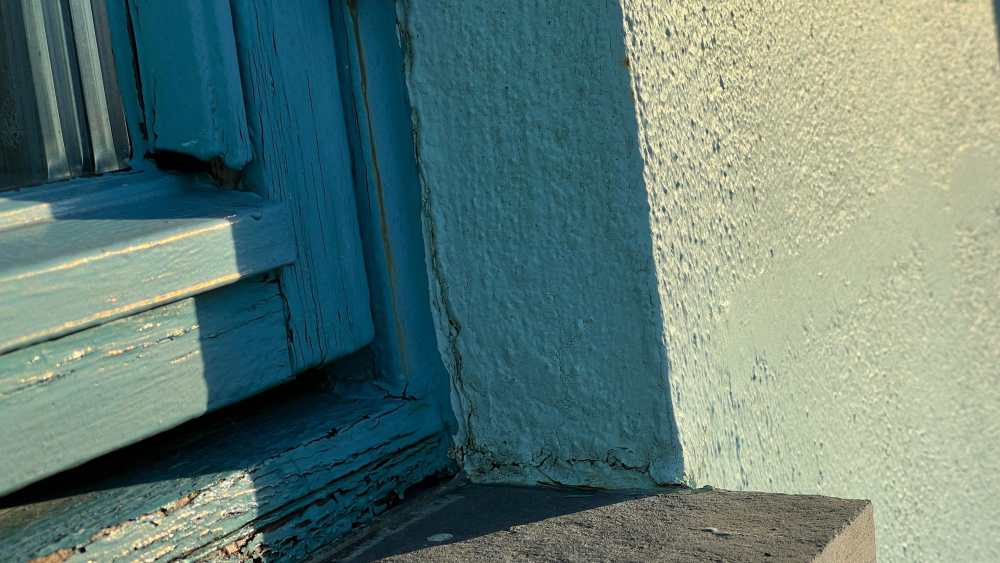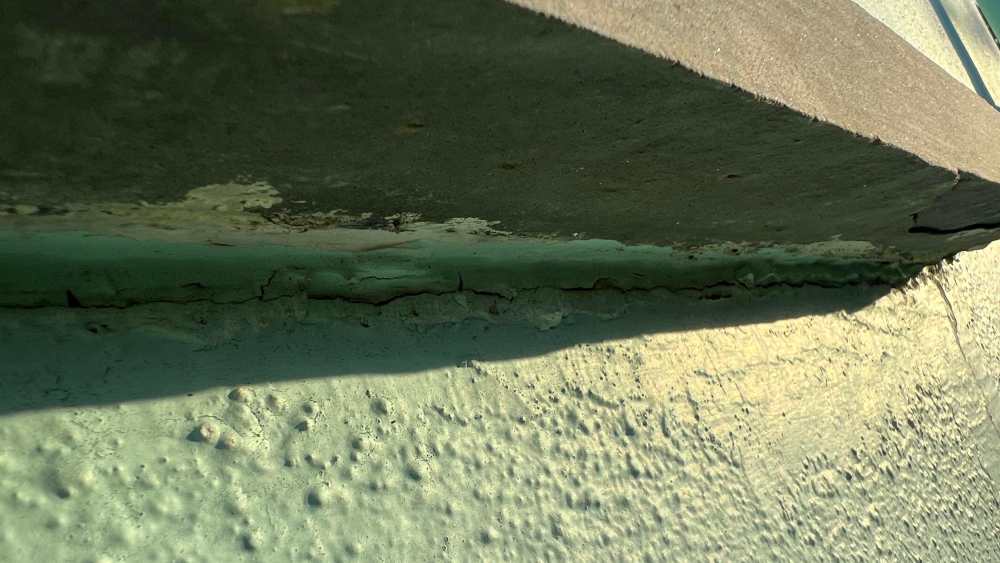
Kuro507
Members-
Posts
69 -
Joined
-
Last visited
Personal Information
-
Location
South Devon
Recent Profile Visitors
The recent visitors block is disabled and is not being shown to other users.
Kuro507's Achievements

Member (3/5)
8
Reputation
-
We live in a modern timber frame house, built circa 2001, manufactured in a factory and assembled on site. Triple glazed windows, concrete block shell and render finish. I've recently become concerned that CO2 levels in my home office are high, causing drowsiness and lack of concentration. This led me to purchasing a couple of Carbon Dioxide monitors, both of which show regular figures over 2,000 ppm in my office. Moving the sensors around shows similar figures in our master bedroom overnight. One of the sensors (Airthings Wave Plus) also measured Radon and occasionally it goes into the warning level (>200Bq/m3). The sensor will be moved to both the kids bedrooms and a week or two, to see their levels. I am assuming our house is pretty airtight, certainly it is always warm. We need to replace 3 extractor fans in bathrooms and a WC, I am toying with the idea of installing a MVHR instead, recovering some of the heat that would otherwise be lost and also having the ability to bring in fresh air and extract the stale. Upstairs would be easy to install, I could use existing 100mm vents to outside and then simply run pipework in the loft to 3 bedrooms, en-suite, main bathroom and 2-storey hallway/landing. Downstairs would be more complex to get pipes through to. I guess an advantage would be better circulation of heat through the house? Have any of you retrofitted MVHR to your home? Have any of you installed MVHR to improve CO2 or reduce Radon in your home? As always, I value your thoughts and ideas on the above, thanks for reading
-
For those of you who have a private water supply, what water quality testing do you do, and how often? We plan on having a proper water quality test done once a year (I believe our local council offer this, for a price). Currently we don't even have a water meter installed, so I have no concept of how much water we are consuming. Idealy, I'd like to install a few sensors and have them send readings back to Home Assistant. For example: Water consumption Water pressure (possibly either side of filtration system, to monitor for blockage/restrictions) Ph level (we need to adjust this as last test was acidic) Possibly temperature Water quality? I know some of you have quite sophisticated filtration systems, what have/do you do?
-
Yes, this would probably be the easiest option as I assume it reduces the risk of having stagnant water stored. Plumbing it would be simple, as a like for like swap. Would need to find a sensibly priced pressure sensor for monitoring.
-
For us, battery storage for our Solar (plus additional solar) is already being planned. As the borehole is from 1994, we just do not know its limitations. Having a tank would provide a level of insurance.
-
I appreciate this is an old topic, but I am researching similar need for a storage tank. In terms of not knowing that the borehole pump has failed, until your storage tank has run dry - there would be various options available to you to setup monitoring of the water level in the storage tank. If the tank water level fell below a certain level it could notify you and provide enough notice to take action before it became a big issue.
-
We moved into a house just before Christmas that has a private borehole supply. Design consists of a pump at the bottom of a borehole that is activated when the pressure in the system reaches 3 bar, it then continues until pressure is back up to 4 bar and then cuts off. There a a metal storage vessel with a large rubber bladder in it, to help maintain pressure in the system and I believe to also reduce pump cycling. Supply then goes to a cylinder with media in it to reduce the PH level, then onto a single in-line filter and finally to a UV steriliser tube. I'd say this all works pretty well. My concern is we have no resilience in the system, if the pump fails we would have no fresh water once the pressure drops. We are also working on the garden, so drawing much more water while watering new plants and lawn, than we have done previously. I'd like to cost up the option of fitting a potable water tank, to provide us with an amount of fresh water in the system. I can see a few options here, one would be a unpressurised tank that simply has a float valve, the borehole pump runs until the float valve rises indicating a full tank. Then we would need a new pump to take water from this tank into our existing system (assuming the tank had unfiltered water straight from the borehole). Disadvantage: tank would contain water that has not been sterilised or filtered, so may need emptying sometimes and cleaning?) Advantage: Probably easier and cheaper to buy an unpressurised tank? Alternatively I could fit a tank could be after the UV steriliser, which would then contain clean potable water, but would need to be pressurised up to 4 bar? Disadvantage: likely much more expensive Advantage: no extra pump required, tank may not need regular cleaning as water is fresh? Have any of you gone for a tank, to provide some redundancy as well as security of knowing you have a few hundred litres of water always available? I could probably put a alarm or sender on the tank, to warn if pressure or water level dropped. (Potentially even integrating it into Home Assistant)
-
Just before Christmas we moved into a new home, it has a fresh water borehole installed around 1994, first thing we did was have the system flushed through and a new filter installed, along with having a empty blue cylinder filled with media to reduce the PH from 6.5. Alo ng with installing a UV. The borehole is around 40m deep and the system has a cylinder with a rubber bladder to help keep the pressure up. Pump kicks in when pressure falls to 3bar, stops again once it reaches 4bar (then repeats as necessary). A water quality test was done during the purchase and the only recommendations were a media filter , reduce PH from 6.5 and for a UV sterilisation system (all done before we moved in) I noticed recently that there looks to be water marks on the aluminium sink, which we didn't have before. I am wondering if the hardness of the water has changed. I've bought a relatively cheap electronic water meter and its given the following results: PH: 6.24 TDS: 225 EC: 527 Temp: 19.1 deg C I need to check with the Company that serviced the eqpt, how to check if there is any media left in the bottle for changing PH. For those of you with boreholes, is it perfectly normal for the water to change through the year? Should I be monitoring it on a more regular basis? We have had an exceptionally dry March and April (up until the rain today).
-
Window position in a timber frame house (and damp issues)
Kuro507 replied to Kuro507's topic in Timber Frame
No drill cill, which won't be helping. However, have found the primary cause, where normal steel beads were used to finish the reveals before rendering, they have rusted and expanded. In doing so they cracked the render allowing water in. With the recent lashing rain its found its way through to the top of the window frames and started coming through. I've used a wire wheel on a drill to remove loose rust, applied rust treatment and then sealed with silicon until we can do proper repairs in the spring. Water leaks have stopped -
We have a 26e Grant boiler, this week it wouldn't fire up, the power light blinked slowly but never fully illuminated. Some googling and a call to Grant and we diagnosed a failed PCB. Luckily a local plumbers merchant had one in stock, so I was able to replace it the same day - all working again However, the new board comes with 2 new replacement sensors, white for the store sensor and black for the flow sensor. I didn't want to change these at the same time, to check everything was working first. (Nothing worse than changing multiple things and not knowing what caused the issue, or even bigger issue if something else doesn't work after you introduced a new problem!) Any advice on replacing these sensors? do they just push into their housing? Will the old ones be a pain to remove?
-
We recently moved to a house with an existing borehole, a water test was arranged by the seller and the recommendations included installation of a UV filter. We had a local company install a UV filter, along with a new media filter etc. All working ok. Onto my question, is there a need for the UV filter to be running 24x7? Or could it be on a timer switch so its only on when we are awake? Could switching it on and off decrease its life in some way? Its consuming 42w, 24hrs a day at the moment.
-
We have a 2001 built timber frame house (large panel MMC), with concrete block outside and skim. A number of the downstairs windows havesignificant damp at the topof the reveal. At the weekend, when it was raining heavily, I could actualy see water dripping down between the window reveal and the frame. I had removed the vent, to see better. On the outside, I checked the upstairs windows directly above, which would be the most obvious way for water to get into the cavity. Whilst there are some very small cracks, where the sealant has failed, I am not sure they are sufficient to cause this amout of water ingress? I'm also aware there has not been any maintenance to these windows, so they urgently need sanding, filling and painting. This also raised the question in my mind, as to where the windows should be installed in relation to the timber frame, cavity and concrete block finish? I am aware the crack needs dealing with, although bizarely the window below that is the dryer one of the front ground floor windows. This aspect is largely south facing and does get the sun all day and prevailing windows and rain. They look like they are pretty much installed in the cavity gap. Is this correct? Thanks in advance for suggestions and ideas.
-
Timber frame house (MMC), found mice in ceiling - advice needed
Kuro507 replied to Kuro507's topic in Timber Frame
I love a technical explanation with numbers Thankyou! In my head I was expecting it to have to be a few litres! In simple terms, if I needed to turn on the filling loop for 20 secs to bring it back to pressure, I would have guessed that would be a few litres based on how much water would come out of a tap in those 20secs. There are 2 water marks on the ceiling, however they have been there for some time - saw them on initial viewing and both below bathrooms so assumed they were sealant or waste leaks. Based on your numbers, I think they are the likely cuprits then. Certainly a good place to start! Thankyou again -
We are just in the process of purchasing a house thats built out of timber frame with concrete block and render outside. We exchange on Friday and I have signed a form to get early access to a key (its empty). Unfortunately on Sat afternoon I heard chewing about the utility room. I have removed a access panel above the boiler pipes and some mouse droppings fell down. Luckily I have some traps, so set those out with peanut butter on Sat evening and caught two mice. During Sunday I caught 2 more. We now obviously ahve some converns about what they may have eaten and damaged! The oil fed boiler has a issue with the central heating system depressurising. Last pressurised to 1 bar 3 weeks ago, back to zero on Sat. I repressurised on Sat and it was down to 0.8 (cold) on Sunday eve. Obviously have a concern they may have chewed a plastic central heating pipe. Does anybody know how much water there could be between zero bar and 1 bar in a 4 bedroom central heating system? I would have thought it would be noticable if we lost quite a bit, either on a ceiling or wall? (Unless its under the downstairs floor....) Pipe tails to radiators are 15mm copper, no idea whats in the floor/ceiling though. I have notified estate agent and Solicitor, no reponse back yet. We are due to complete on Wed!! Concerned about any potential hidden damage to insualtion, wiring, as well as pipes. Some upstairs windows had been left open to keep air fresh, its been empty for almost a year. So thats a potential route in for them. Any advice or suggestions are welcome, especialy with such a tight timescale to completion.
-
Following up from an earlier post where we were due to get the septic tank inspected before exchanging contracts, the survey revealed that the tank was ok but the drainage field definately needed replacing (70 yrs+ old). Had a quote for the work, after the soil percolation tests came back ok, and they have suggested a Harlequin CAP9 or a Tricel UK8. Have any of you experience with either of these? any recommendations either way? Its likely they will need to install the pumped version as the fall is not likely to work out how we would have liked.
-
How to deal with a noisy sewerage treatment plant
Kuro507 replied to joe90's topic in General Self Build & DIY Discussion
I don't suppose you have any photos of the inside, of your housing that you built?




